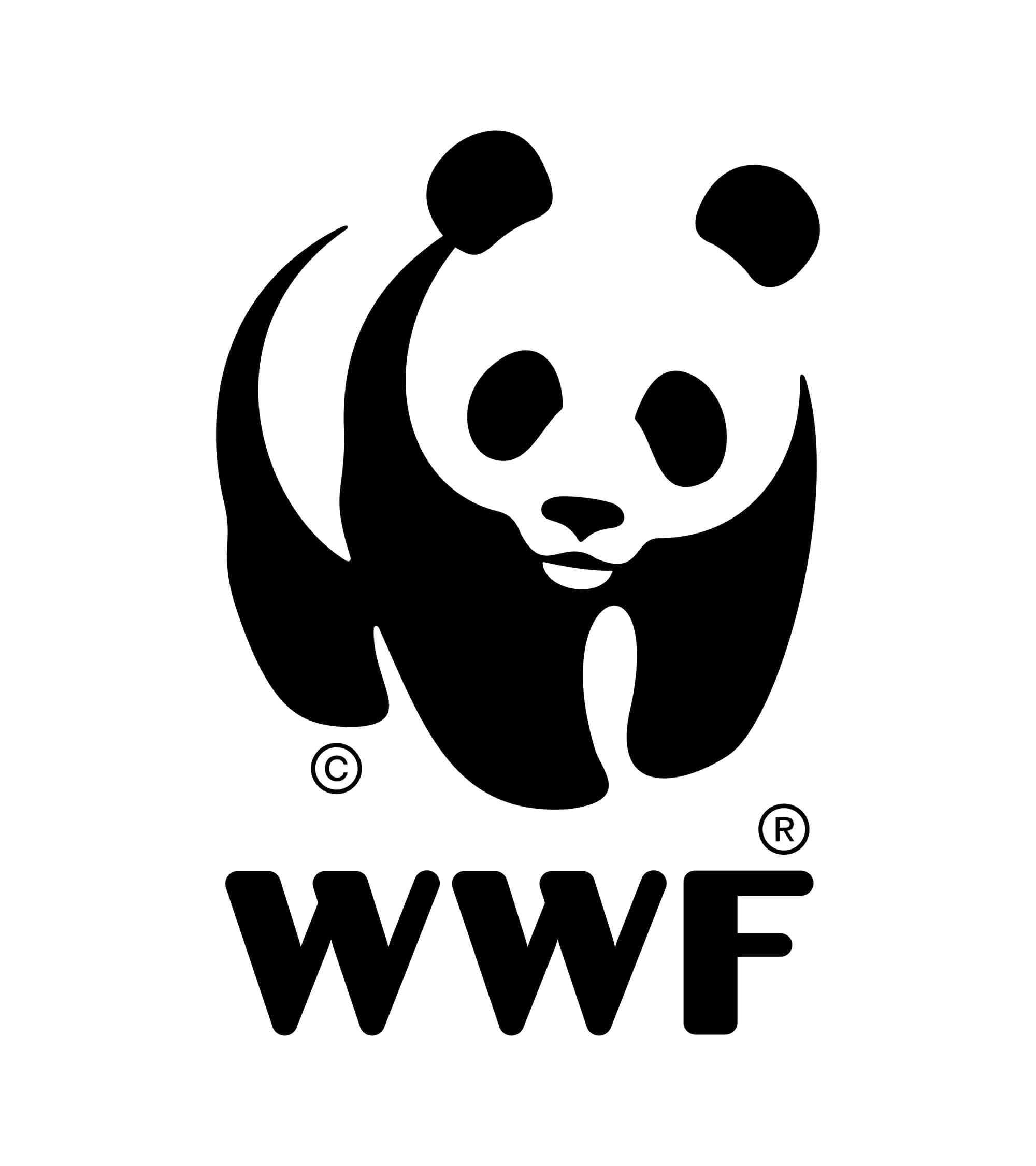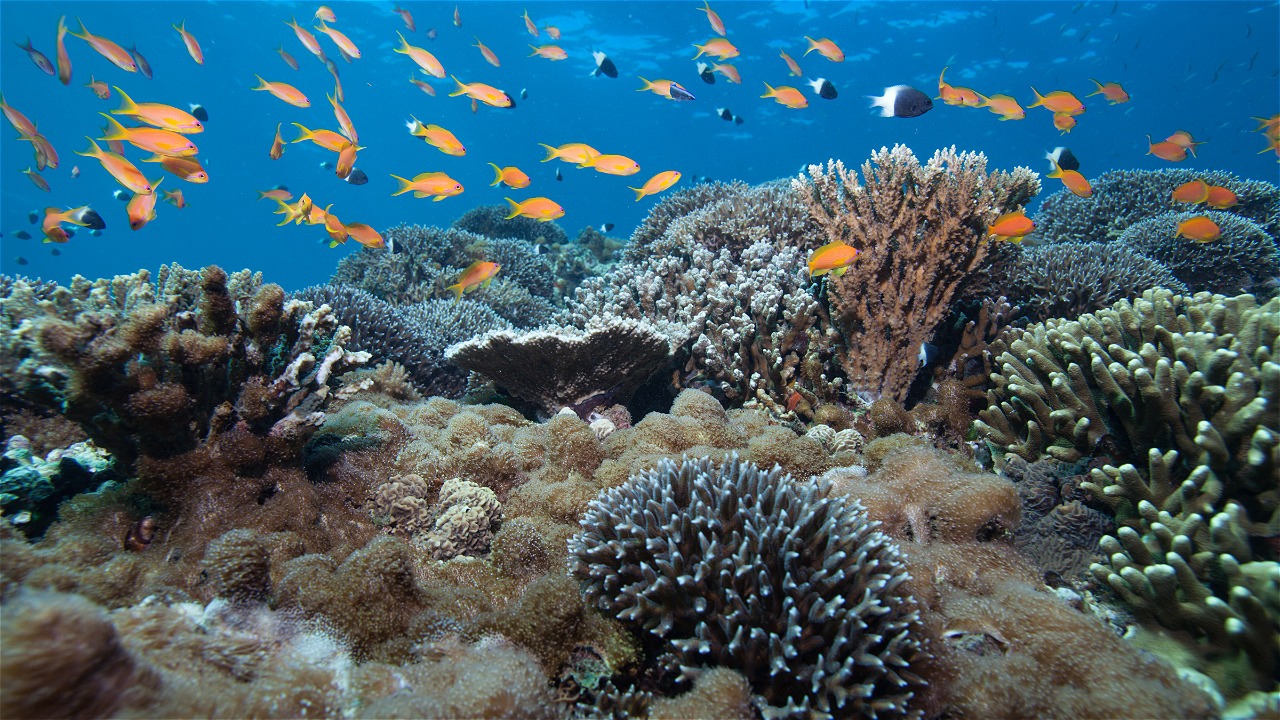TRAINING TO OVERCOME TURTLES FROM NETTED FISHING GEAR FLOODED WITH PARTICIPANTS
Author: Ninish Fajrina
Jakarta - In the two-day National Training on Marine and Fisheries held on November 13-14, WWF-Indonesia shared various science on over-the-side catch and other best fisheries practices. The training package provided by WWF-Indonesia consists of four materials delivered on two days, each day there are two training materials given to the participants.
First Day, November 13 2013
The training was provided by a bycatch mitigation team represented by Dwi Ariyogagautama (Fisheries Bycatch Coordinator) and Taufik M. Ikhsan (Fisheries onboard observer) with the first material is about handling turtle that catched by net (bycatch - caught unintentionally on fishing gear). Followed by material about handling turtle that fainted which caused by caught fishing gear such as nets and longline. A total of 35 participants from various universities such as Sekolah Tinggi Perikanan (STP), Bogor Agricultural University (IPB), State University of Jakarta (UNJ), Diponegoro University (UNDIP), Universitas Brawijaya (UB) and extension workers from the Center for Extension of Marine and Fisheries (PUSLUH -KP) filled the training booth. The training was conducted in two directions, simulation, inviting the participants to practice the technique of releasing turtles affected by the fishing line so that when the participants found the condition had an understanding of the stages that need to be done in handling the turtles to survive can overcome them and continued with the discussion interactive.
Day Two, November 14, 2013
Differ with the first day, the second day of participants booming to reach 57 participants from various universities, general and also PUSLUH-KP. This exceeds the capacity of booth for WWF-Indonesia which is only able to accommodate as many as 20 participants. Muhammad Yusuf (Fisheries Science and Training Coordinator) is present as a speaker on the topic of the tragedy of joint ownership of fishery resources and spatial analysis for the management of aquatic resources. The training was conducted by simulation, the first simulation on the management of marine and fishery resources, the participants were divided into two teams namely team A as a sea area whose catch is well managed and team B as a sea area whose catch is not well managed. The simulation was ended by explaining the principle of sustainable fish management to the participants.
The second simulation uses visual aids that visualize three marine ecosystems, combined and illustrate the impact of fisheries management on ecosystems. Ends by marking the water conservation area (CTF) according to the criteria specified. The training is expected to increase knowledge to the participants on the protection of watershed areas and information on the coverage of the WWF-Indonesia Coral Triangle Program.





